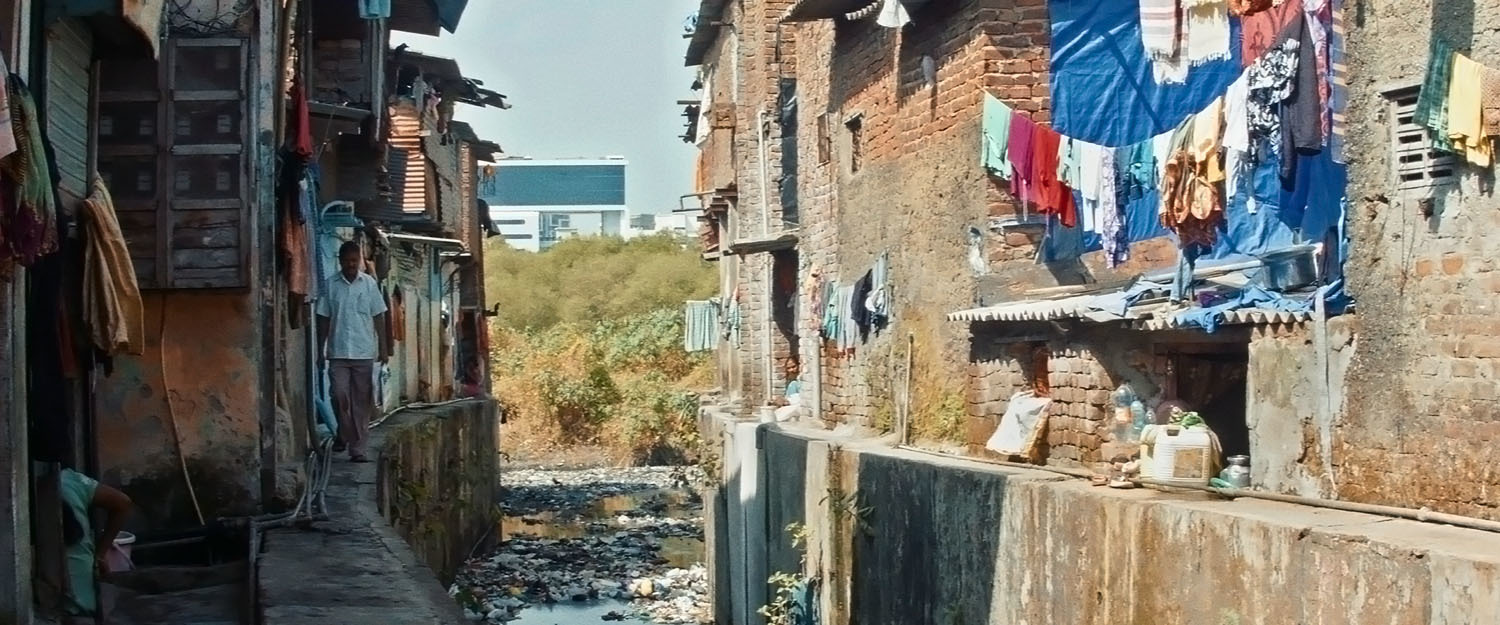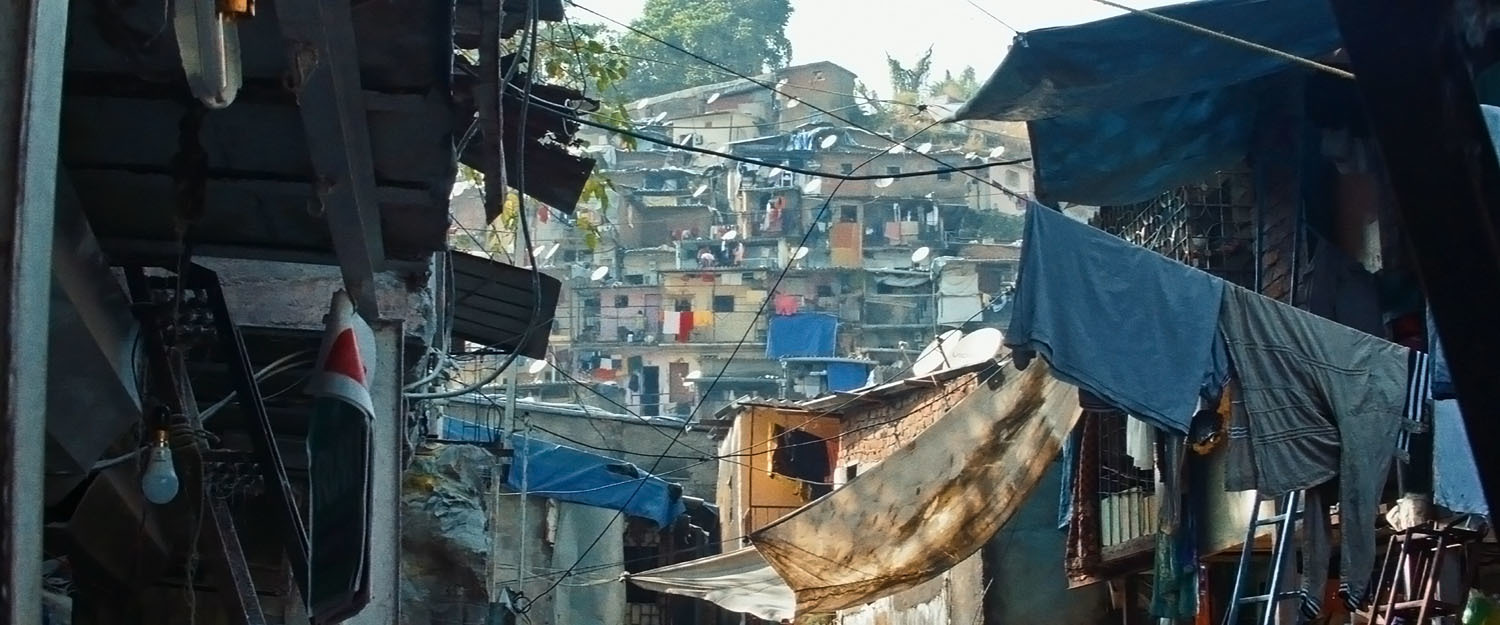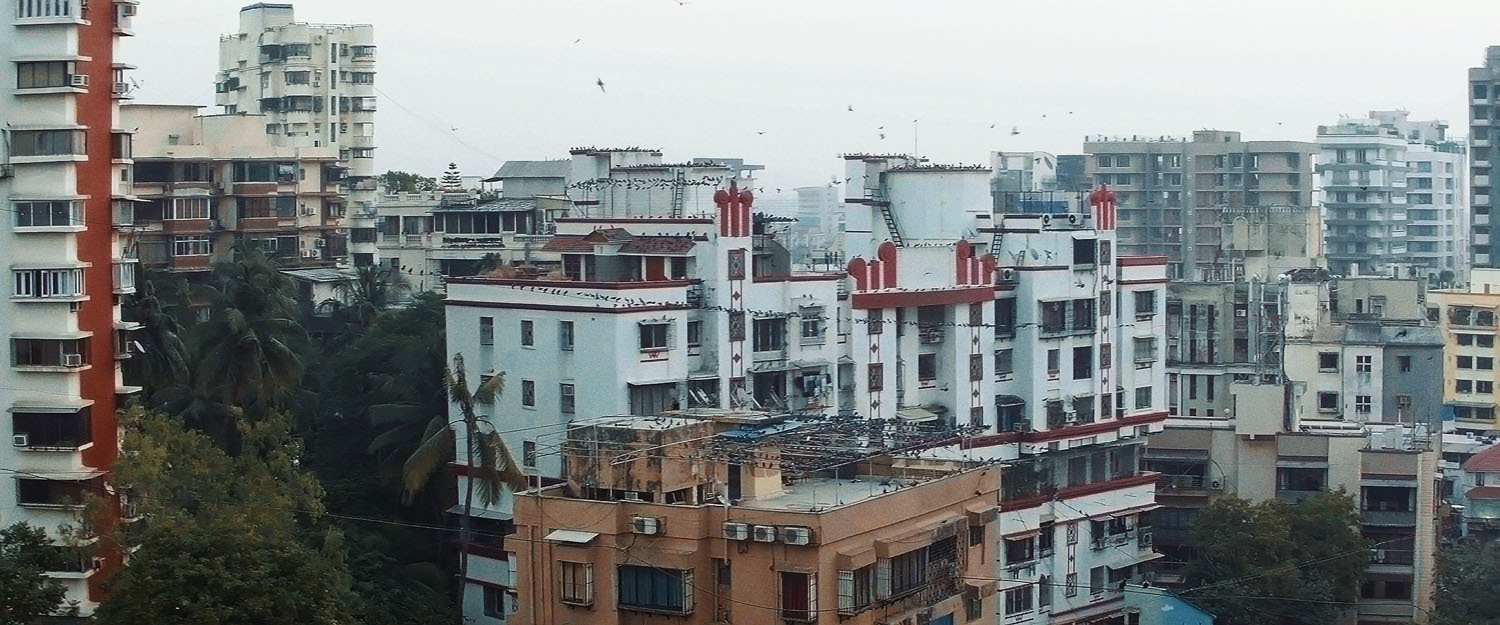SCI-Arc’s EDGE Fiction & Entertainment Tours India to Study Technology and Urbanism
Where architects once speculated on the impacts of industrialization and mass production, the scope has since widened beyond buildings to encompass the built environment’s impact on physical spaces and cultures. Through SCI-Arc’s EDGE Fiction & Entertainment postgraduate program, students can explore this approach to placemaking and urbanism through mediums of fiction and entertainment. The program deploys techniques from visual storytelling mediums--from film to fiction, advertising to political campaigns, and augmented reality to gaming--to visualize new worlds. This approach creates a venue in which to prototype the architectural and urban implications of emerging technologies, which is helping define a new generation of architecture.
“In film, video games, and literature, we have always imagined alternative worlds as a means to understand our own world in new ways,” says Liam Young, program coordinator and founder of think tank Tomorrows Thoughts Today. Traditionally trained as an architect, he now works solely through the mediums of film, fiction, and performance. “I have tried to develop a new model of practice that I’m trying to teach in this studio, where we explore new conditions across urban and architectural fields, and develop the role of the architect as storyteller,” he explains.

The studio launches with an examination of present realities within the context of the technology-fueled network culture that permeates cities and day-to-day experiences. “It’s the strange, soupy reality we all occupy; the mixed media melange of screen time, friend networks across the planet, and all the technology that is fundamental to our everyday experience of space,” Young says. Students then exaggerate and extrapolate this context into future scenarios and counter narratives,
Class work is approached as a location shoot for a film. For the EDGE Fiction & Entertainment Class of 2018, this included travel to India to document technological contexts, suss out stories, and identify sets for new narratives. Young says India was selected as the course location because it embodies emerging trends and cultures defining the future urban condition. In the 1980s, the stage for the emerging city and future urban conditions was a Japanese hybrid of LA, as seen in iconic film Blade Runner. For Young and his studio, India offers a microcosm through the lense of emerging subculture: An exploding population with extreme density issues and a booming infrastructure technology sector present unique conditions in such a spiritual culture. How can belief systems and technology thrust into such immediate proximity provide insights into ways our relationship to technology might evolve?
While the studio spent a majority of its time in Mumbai, a very dense city with an advanced tech infrastructure and labor force, it also visited smaller cities such as Pune, south of Mumbai. Pune is home to one of the largest tech companies on the planet, and was toured as a prototype of an emergent tech city that achieves special economic zoning, and how that consideration collides into traditionally developed cities like Mumbai. “The extreme juxtaposition of gated communities with green lawns up against the failing infrastructure of neglected residential structures is really pronounced in India,” Young explains. “Student work straddles those two realities through the various narratives, from extreme density to the future of the tech campus.”
Young’s studio traveled with cameras, sound gear, and data equipment to scout locations, and will return over the summer to record footage for the final film of the year. Planning consideration for future EDGE Entertainment & Fiction studios has included South Korea as a site for its rapid adaptation of smartphones, and North Siberia for the way climate change is revealing new coastlines that could potentially form a vibrant new shipping route.

